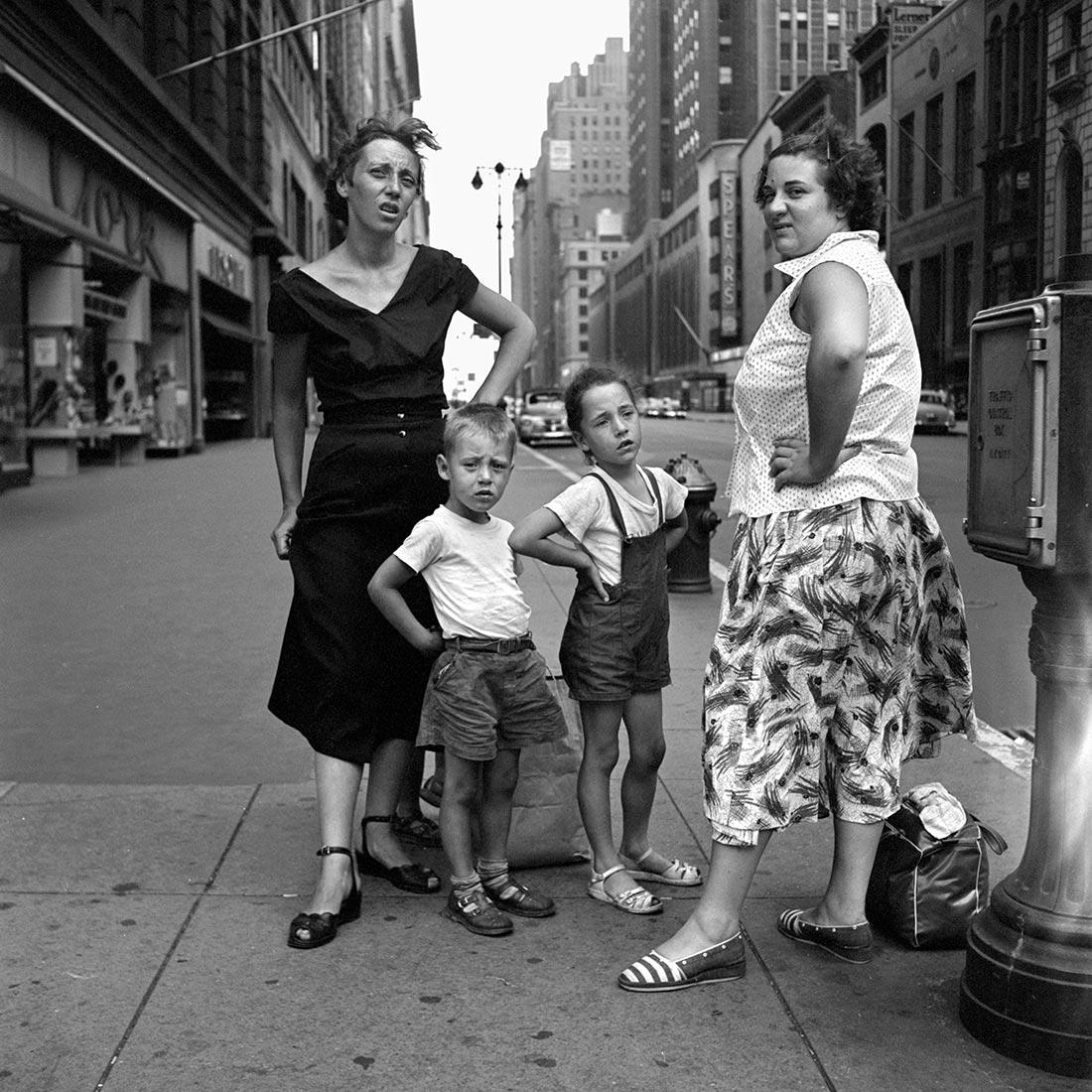Q4 POST #2 Study of Formal Portraiture (not expressive)
Post Deadline/Closes by Sun. 14 APRIL midnight
MINIMUM # IMAGE(S) TO POST: 6 photos (from three different photographers)
View FORMAL portraits from local Hawaii Photographers/Companies:
Intro/Closing:
-Look through ALL of the links on the FORMAL portrait photographers and see what gets your attention the most.
-Choose 3 photographers & save two FORMAL portrait images from each.
-Post these on your blog, and answer the following questions under EACH photographer’s photo.
I generally shy away from black and white photography, but I found this portrait to be really interesting. This man reminds me of Maségo. I like how straight-up this portrait is. His eyes are clearly framed near the top third row, and his body is absolutely centered. The framing is really simple, but really effective. I'd like to be able to replicate that.
This body shot is really nicely positioned. I'm not quite used to posing people, as I just take photos of people as they would naturally pose and give them just a couple of vague pointers, but it's very clear that the photographer gave the model instructions on placement of her hands, shoulder leaning, etc. Very nicely done.
Kardan tried something different here, but still stuck to typical standards of portrait photography. Kardan took away the eyes, which are arguably the most powerful portion of a portrait, but balanced it well with a personal narrative. Perhaps the woman here is a body painter of sorts. Whatever it may be, it leads me to believe that this photo was created with the intention of showing the type of person that this woman is, or what she does.
Post Deadline/Closes by Sun. 14 APRIL midnight
MINIMUM # IMAGE(S) TO POST: 6 photos (from three different photographers)
View FORMAL portraits from local Hawaii Photographers/Companies:
Intro/Closing:
-Look through ALL of the links on the FORMAL portrait photographers and see what gets your attention the most.
-Choose 3 photographers & save two FORMAL portrait images from each.
-Post these on your blog, and answer the following questions under EACH photographer’s photo.
Credit the photographer, as always.
Why did you like this photo?
What purpose was this photo taken? (business, actor headshot, self-branding, etc.)
What about this photo would you like to emulate in your own portraits?
Why did you like this photo?
What purpose was this photo taken? (business, actor headshot, self-branding, etc.)
What about this photo would you like to emulate in your own portraits?
I think that the goal with any self portrait is to capture the personality of the person in a single frame with minimal additional elements. That's not to say that these elements can't be used, it's just that in my preference, a great portrait is great because you can tell who someone is with just a foreground (the person) and an extremely minimal background.
 |
| Jeremy Snell |
This photo is perfect in capturing who this man is. I feel that the earthy green shadows that contour his face perfectly compliment his skin tone. I'm sure that there is some intentional color correction to achieve this. The blacks are lifted a tiny bit, the whites are crushed very in a subtle way, and the focus is incredibly tight–putting only the subject in view. When looking at this photo, I feel "respect" for the man. He reminds viewers of an elder. You can tell see that he is quite aged, through the positioning in his hand, his facial features and expression, and the general vibe from the photo that this man is knowledgable. Of course, one can't be for sure what exactly, but being able to communicate that much from a photo is such a wonderful ability that I'd like to emulate in my own portraits (and really any other portrait for that matter).
 |
| Jeremy Snell - Personal Portrait |
I enjoy this photo for very similar reasons to the one above. Snell is wonderful at creating a feeling of home. The light going on in this photo is really interesting. It tapers off from initially being warm toward a dark greenish undertone. I'd like to emulate, again, the capability of portraying a lot in one photo, but also the creative lighting here.
 |
| Jeremy Snell - Personal Portrait |
I enjoy the interesting darkening of the entire image and the lifted blacks/shadows. The whites/highlights are completely suppressed too, yet, the initial lighting must've been bright. In the end, we get an interesting portrait that tells me "this person has worked hard" (the subject).
 |
| Tracy Wright Corvo - Personal Portrait |
 |
| Tracy Wright Corvo - Professional Branding |
 |
| Kaveh Kardan - Personal Branding |













































